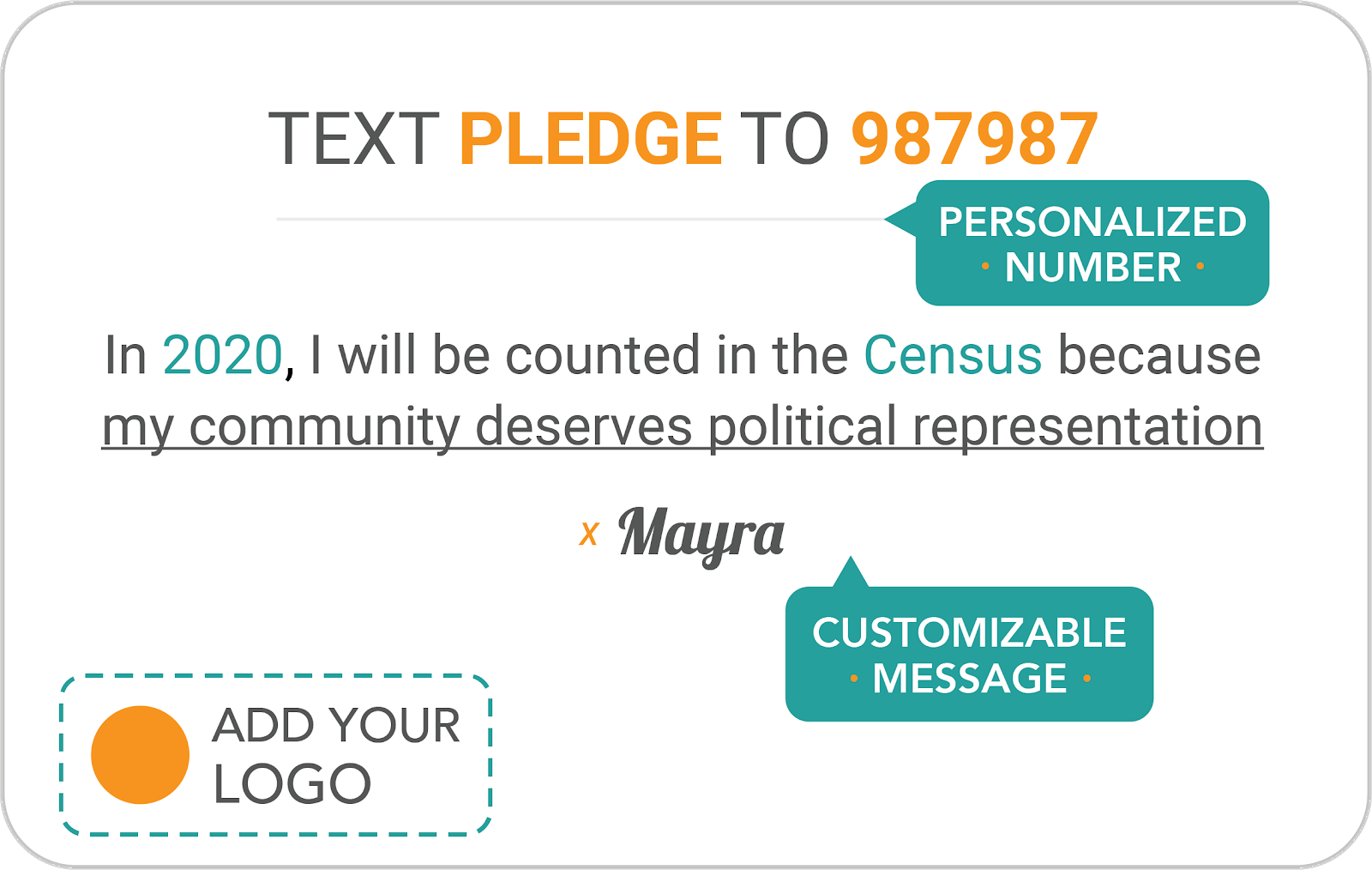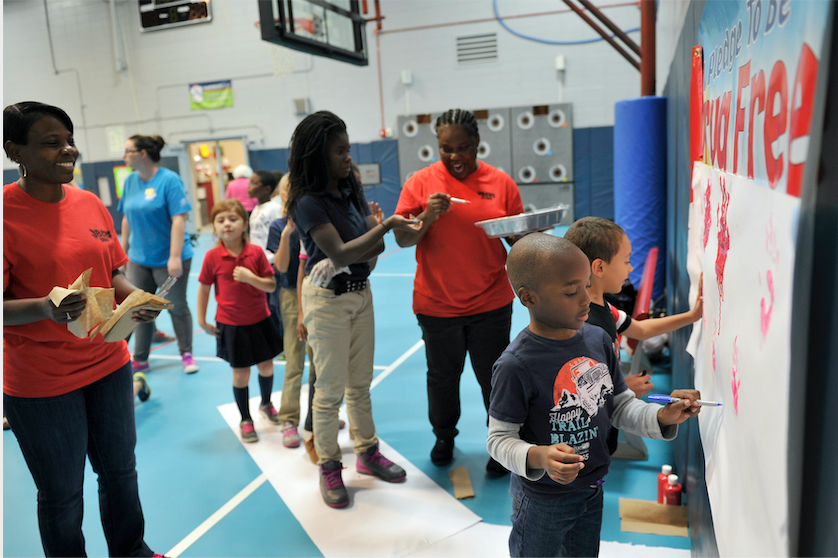From petitions to save the environment to driving awareness of politics and voting, campaigns commonly include “pledging” as a tactic to drive support of their cause. But does publicly pledging to something really change behavior? Research indicates that it does, which is why we’re helping governments and CBOs drive their constituents to Pledge to Be Counted in the 2020 Census.
What Is a Public Pledge?
A public pledge is a social commitment. Public pledges take many forms, like signing a piece of paper or posting a photo to social media. They can be creative or simple, so long as they include two key ingredients — a commitment and a crowd (big or small).
For example, in the run-up to an election, politicians often ask their constituents to pledge to vote. Politicians and other advocates include public pledges in their campaigns because they know that generating awareness is not enough. The key is being able to move people from awareness to action.
How Do Public Pledges Work?
People Who Pledge, Act
Research shows that people who publicly pledge to do something are more likely to follow through than those who don’t. This has been tested in a variety of contexts, like people pledging to lose weight and politicians committing to not raise taxes.(1) The reason public pledges work is simple — they create social pressure.
Using Social Pressure for Good
The key to a successful pledge is public recognition. Take New Year’s resolutions as an example. Every year, innumerable people resolve to go to the gym, but the uptick in gym attendance is usually short-lived. The people who stick it out are more likely than not those who found a source of accountability — it’s much harder to back out of a commitment when someone else is involved. A study in South Africa demonstrated a 22 percent increase in book donations due to a combination of pledging and the promise of public recognition.(2)
Social pressure can be a force for good. Public pledges motivate people to engage in prosocial behavior by creating social pressure and providing a social reward upon completion. Not only does publicly pledging to something increase follow through, but it has the added benefit of encouraging others to follow suit.
Pledge to Be Counted in the 2020 Census!
The benefits of a complete and accurate Census are huge, and public pledges are a powerful motivator. That’s why many local governments, nonprofits, and CBOs are considering including a pledge in their efforts to educate, motivate, and activate their constituents to participate in the 2020 Census.
We developed our Community Motivator solution to leverage the benefits of public pledging while making it easy for governments to incorporate it into their Census outreach plans:
- Easy as sending a text: Constituents are invited to “Pledge to Be Counted” in the 2020 Census via text
- Customizable: A digital Pledge Card is generated that can include the government’s or CBO’s logo and colors
- Personalizable: Individuals are prompted to personalize their Pledge Card not only expressing their commitment to be counted, but also outlining their reasons why
- Shareable: The digital Pledge Card can easily be shared on social networks
- Automatic follow up: Pledgers will receive automated nudges and reminders in 2020 to fill out the Census

Make sure your community gets the resources and political representation it deserves in the coming decade by engaging your constituents in a digital Pledge campaign.
(1) Prashanth U. Nyer and Stephanie Dellande. 2010. “Public Commitment as a Motivator for Weight Loss.” Psychology & Marketing 27(1): 1–12; Michael Tomz and Robert P. Van Houweling. 2012. “Political Pledges as Credible Commitments.“ 1–46.
(2) Sarah Cotterill, Peter John, and Liz Richardson. 2013. “The Impact of a Pledge Request and the Promise of Publicity: A Randomized Controlled Trial of Charitable Donations.” Social Science Quarterly 94(1): 200–216.

